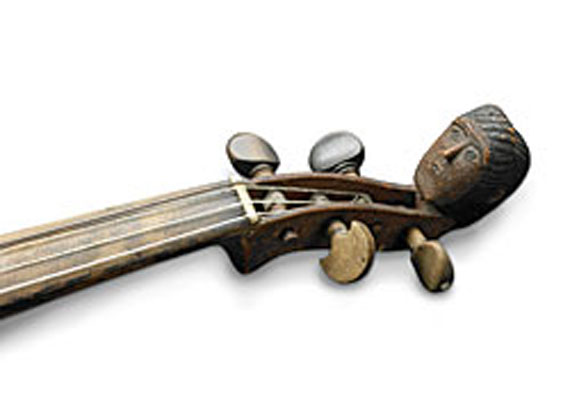Dayenu!
Had I just the angst of knowing that I would be moving, Dayenu!
Had I just the anxiety of knowing that I would be moving, and to a new state, Dayenu!
Had I just the anxiety of knowing that I would be moving, and to a new state, and that we had to sell our house in one of the nation’s most depressed markets, Dayenu!
Had I just the anxiety of knowing that I would be moving, and to a new state, and that we had to sell our house in one of the nation’s most depressed markets, and that our 90-year old house had termite issues, Dayenu!
Had I just the anxiety of knowing that I would be moving, and to a new state, and that we had to sell our house in one of the nation’s most depressed markets, and that our 90-year old house had termite issues, and lead paint, Dayenu!
Had I just the anxiety of knowing that I would be moving, and to a new state, and that we had to sell our house in one of the nation’s most depressed markets, and that our 90-year old house had termite issues, and lead paint, and that we’d be moving during finals week, Dayenu!
Had I just the anxiety of knowing that I would be moving, and to a new state, and that we had to sell our house in one of the nation’s most depressed markets, and that our 90-year old house had termite issues, and lead paint, and that we’d be moving during finals week, and that the UC was trying to undo some of the Real Doctor’s pay, Dayenu!
Had I just the anxiety of knowing that I would be moving, and to a new state, and that we had to sell our house in one of the nation’s most depressed markets, and that our 90-year old house had termite issues, and lead paint, and that we’d be moving during finals week, and that the UC was trying to undo some of the Real Doctor’s pay, and that I’d have about four hours of sleep per night for the last week, Dayenu!
Had I just the anxiety of knowing that I would be moving, and to a new state, and that we had to sell our house in one of the nation’s most depressed markets, and that our 90-year old house had termite issues, and lead paint, and that we’d be moving during finals week, and that the UC was trying to undo some of the Real Doctor’s pay, and that I’d have about four hours of sleep per night for the last week, and the movers arrived ahead of schedule, Dayenu!
Had I just the anxiety of knowing that I would be moving, and to a new state, and that we had to sell our house in one of the nation’s most depressed markets, and that our 90-year old house had termite issues, and lead paint, and that we’d be moving during finals week, and that the UC was trying to undo some of the Real Doctor’s pay, and that I’d have about four hours of sleep per night for the last week, and the movers arrived ahead of schedule, and it started to hail when all of our stuff was out of the garage and in the driveway, Dayenu!
Had I just the anxiety of knowing that I would be moving, and to a new state, and that we had to sell our house in one of the nation’s most depressed markets, and that our 90-year old house had termite issues, and lead paint, and that we’d be moving during finals week, and that the UC was trying to undo some of the Real Doctor’s pay, and that I’d have about four hours of sleep per night for the last week, and the movers arrived ahead of schedule, and it started to hail when all of our stuff was out of the garage and in the driveway, and I woke up on the last day of class with a stomach ‘flu, Dayenu!
Had I just the anxiety of knowing that I would be moving, and to a new state, and that we had to sell our house in one of the nation’s most depressed markets, and that our 90-year old house had termite issues, and lead paint, and that we’d be moving during finals week, and that the UC was trying to undo some of the Real Doctor’s pay, and that I’d have about four hours of sleep per night for the last week, and the movers arrived ahead of schedule, and it started to hail when all of our stuff was out of the garage and in the driveway, and I woke up on the last day of class with a stomach ‘flu, and with a migraine, Dayenu!
Dai, dai-yenu, Dai, dai-yenu, dai, dai-yenu, daYEnudayeNU!
(For faithfulness to the original, there should be some mention of miracles--I suggest tea and tylenol.)




















